Deer are always a potential road hazard for drivers, but the odds of a deer-related collision increases exponentially during October, November and December. This is deer season, and these hoofed animals are oblivious to traffic as they crisscross America’s roadways in search of a mate, as well as food and shelter for the winter ahead.
This close call on a northern New Jersey highway on September 25, 2019 clearly shows that the best way to avoid deer that seemingly appear out of nowhere is vigilance. The dashcam footage, which was captured by Toptown LimoRide and shared with the company’s 40 drivers, is a great example of how to use video to reinforce safe driving skills. Our hat’s off to Toptown LimoRide and its driver, Jaime, for a job well done!
While deer versus vehicle accidents can happen on all types of roadways and highways, and in urban as well as rural areas, there are precautionary measures you can take to help prevent dangerous encounters with these animals:
Continually scan the roadway and roadsides. Deer can dart in any direction without warning, especially when faced with fast-moving vehicles, blowing horns and glaring headlights. Though deer season peaks during the fall months, keep in mind that deer can venture onto or near roadways at any time of the year.
Be extra cautious at dusk and dawn when deer are most active during deer season, and visibility is limited. While deer-vehicle collisions can occur at any time of day, the overlap of deer and commuter “rush hours” means that there are more opportunities for potential conflict.
Reduce your speed and increase your following distance, particularly at night and in poor weather conditions. This will give you more time and space to avoid potential hazards.
Buckle up. The impact of hitting a deer can be enough to eject you from your vehicle or throw you into the windshield.
Use your high beams when appropriate to illuminate more of the area ahead. Watch for the reflective eyes of deer, which are often visible from a distance. Also look for flickering headlights of oncoming vehicles and taillights of the vehicles ahead of you, as well as roadside reflectors that disappear and reappear, which may indicate an animal is moving across the road.
Pay attention to deer crossing signs, which are placed in areas well known for high and active populations.
Keep a lookout for evidence along roadways where deer were previously struck. This should be a warning that deer may be in the area.
Remember where you have previously spotted deer. They are creatures of habit and use the same travel paths, especially during deer season.
Be aware that other vehicles may hit deer, causing chain reactions. Watch for sudden flashes of brake lights that may signal danger ahead.
If you see a deer near the roadside, slow down until you have passed it. Also, remember that deer travel in herds. If you spot one, know there are likely others nearby and heed caution.
If you spot a deer on the road ahead, stay in your lane while braking in a controlled manner. Attempt to steer around the animal only if your speed has been sufficiently reduced to maintain control and you will not interfere with the path of another vehicle.
If a collision with a deer seems inevitable, apply the brakes firmly to slow your speed as much as possible, and remain in your lane. You will instinctively want to swerve, but avoid doing so. The risk of hitting another vehicle, or leaving the roadway and hitting a fixed object such as a tree, could result in worse injury and damage. If your vehicle is unsafe to operate or you are injured, pull off the road, if possible, and wait for help. Do not approach the animal; it may be in shock and could get aggressive. Report the accident to the police and your insurance company promptly.
Remember, while deer collisions get significant attention during deer season, other animals like elk, moose, cattle, feral hogs and bears also pose threats to drivers. Staying vigilant and slowing down enhance your chances of preventing vehicle-animal collisions and their costly consequences.


